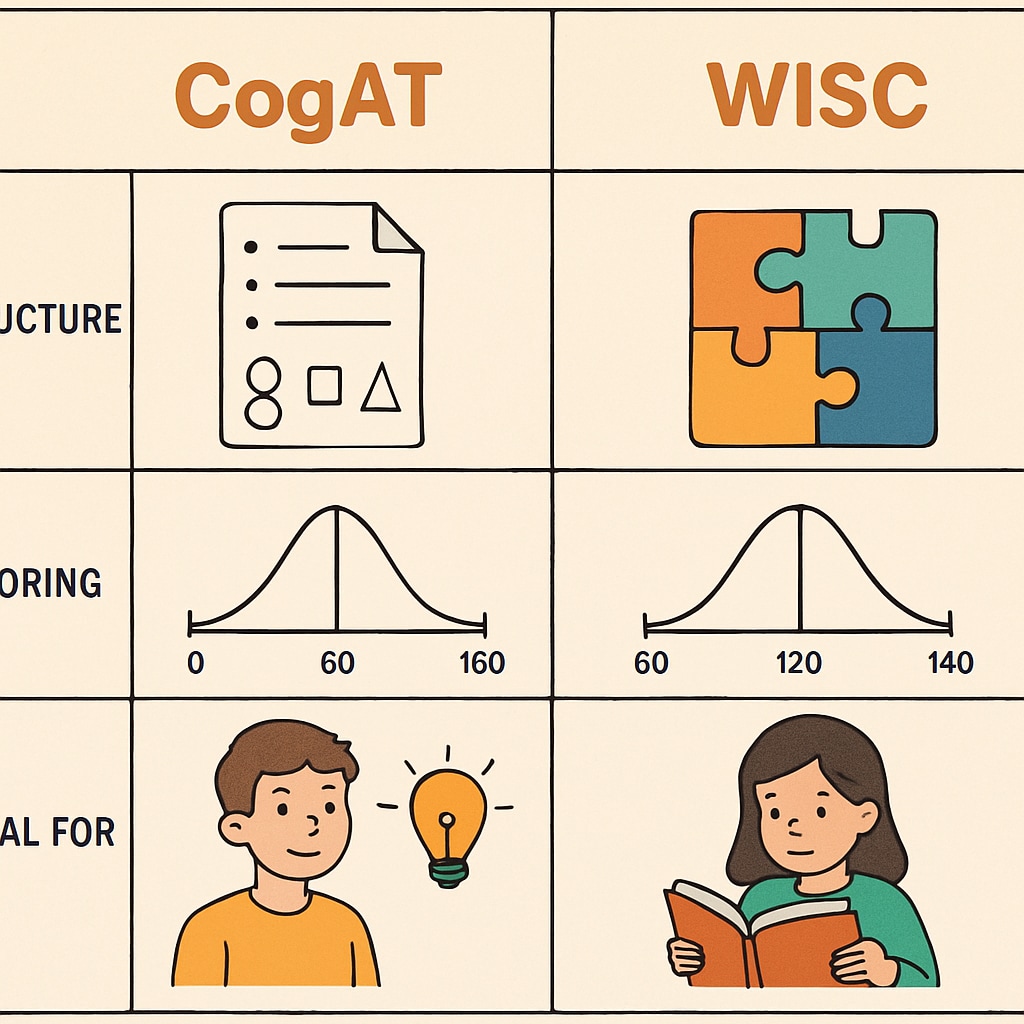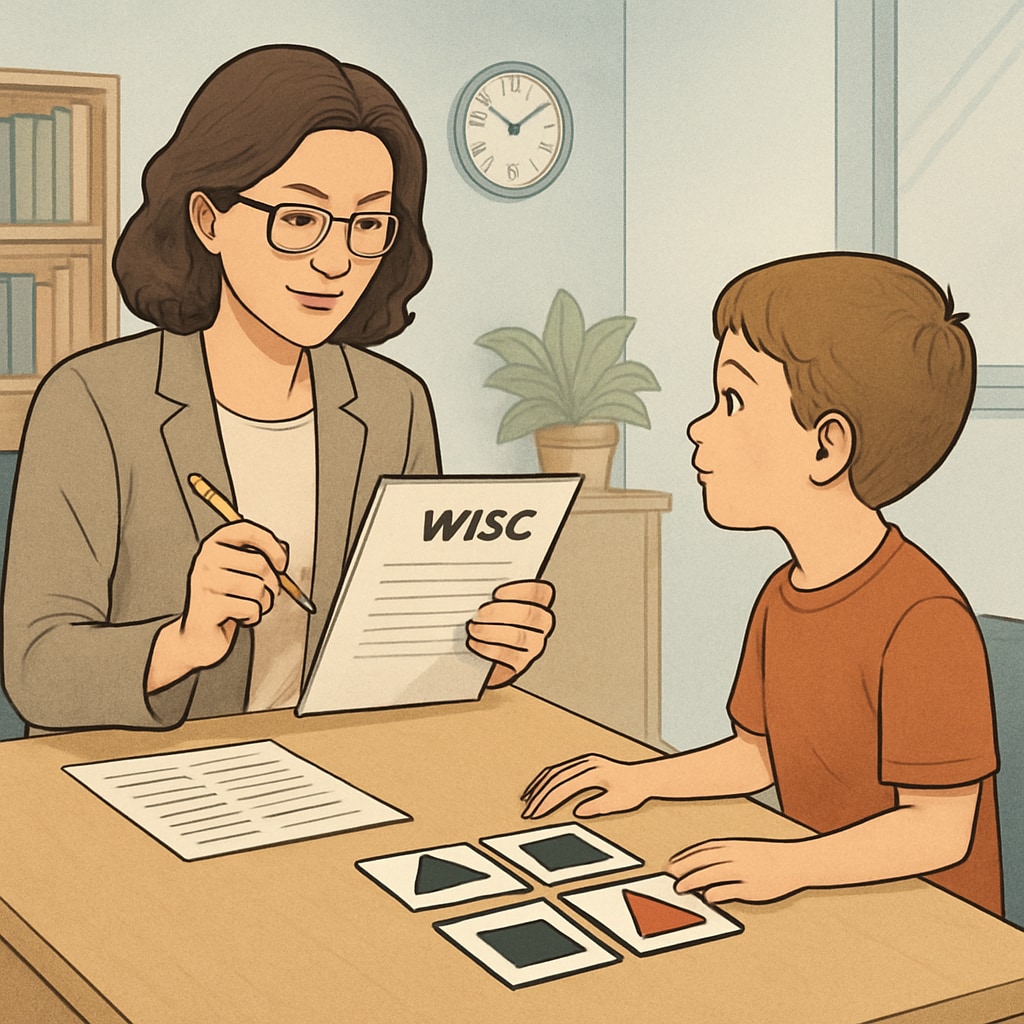Choosing the right intelligence assessment is crucial for identifying and nurturing the unique potential of gifted children. Tools like the Cognitive Abilities Test (CogAT) and the Wechsler Intelligence Scale for Children (WISC) are widely used to evaluate children’s intellectual abilities and talents. However, understanding the features, benefits, and limitations of these tests is essential for making an informed decision. In this article, we explore the key differences between these assessments, their ideal applications, and how they help unlock a child’s potential.
Understanding Intelligence Assessments: CogAT vs. WISC
The CogAT and WISC are two of the most recognized tools for assessing children’s cognitive abilities. While both serve the purpose of evaluating intelligence, they differ significantly in methodology, structure, and intended use.
- Cognitive Abilities Test (CogAT): This test measures a child’s reasoning abilities across verbal, quantitative, and non-verbal domains. It is often used in school settings to identify students who may benefit from gifted programs.
- Wechsler Intelligence Scale for Children (WISC): The WISC provides a comprehensive assessment of a child’s intellectual functioning, including verbal comprehension, working memory, and processing speed. It is widely used by psychologists for diagnosing learning disabilities and understanding cognitive strengths and weaknesses.

Which Test is Suitable for Your Child?
Both tests have specific applications, and choosing the right one depends on your goals and the child’s needs. Here are some considerations:
- CogAT: Ideal for identifying gifted children, particularly in school settings. Its group-based administration makes it efficient for screening large numbers of students. However, it doesn’t provide detailed insights into specific learning strengths or weaknesses.
- WISC: Better suited for an individual evaluation of cognitive abilities. It offers detailed analysis but requires more time and resources, making it less practical for large-scale school testing.
For example, if the goal is to understand how a child processes information and performs academically, the CogAT might be suitable. Conversely, if parents or educators need a deeper understanding of learning patterns to address challenges, the WISC is more appropriate.

Advantages and Limitations of Each Assessment
While both tests are highly regarded, they have their strengths and limitations:
- CogAT Advantages: Quick administration, cost-effective, and provides valuable insights for group-level decisions.
- CogAT Limitations: Limited depth in understanding individual learning challenges or strengths.
- WISC Advantages: Highly detailed and personalized insights, useful for diagnosing learning disabilities or creating tailored intervention plans.
- WISC Limitations: Requires trained professionals for administration and scoring, and is more expensive and time-consuming.
Learn more about CogAT on Wikipedia and read about WISC on Britannica.
Making the Right Choice
When deciding between these assessments, consider the following:
- Purpose: Are you identifying giftedness or diagnosing learning challenges?
- Setting: Is the test being administered in a school or clinical environment?
- Resources: Do you have access to trained professionals and funding for more detailed evaluations?
In many cases, combining results from both tests may provide a more holistic view of a child’s intellectual abilities and potential.
Conclusion: Unlocking Your Child’s Potential
Choosing the right intelligence assessment is a vital step in supporting a child’s growth and development. Whether you opt for the CogAT or the WISC, understanding the unique features and applications of each test will help you make an informed decision. By identifying and nurturing your child’s talents, you can empower them to reach their full potential.
Readability guidance: This article uses short paragraphs, clear transitions, and concise lists to enhance readability. It avoids jargon while maintaining a professional tone, making it accessible to both parents and educators.


